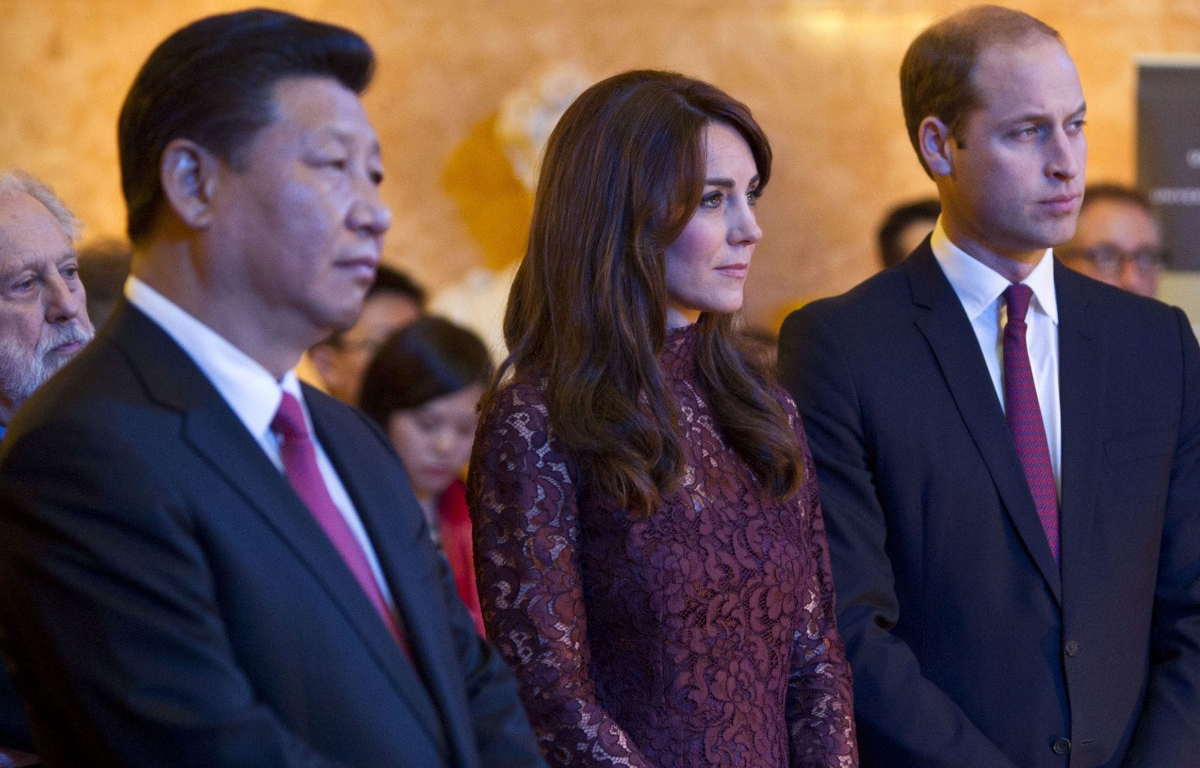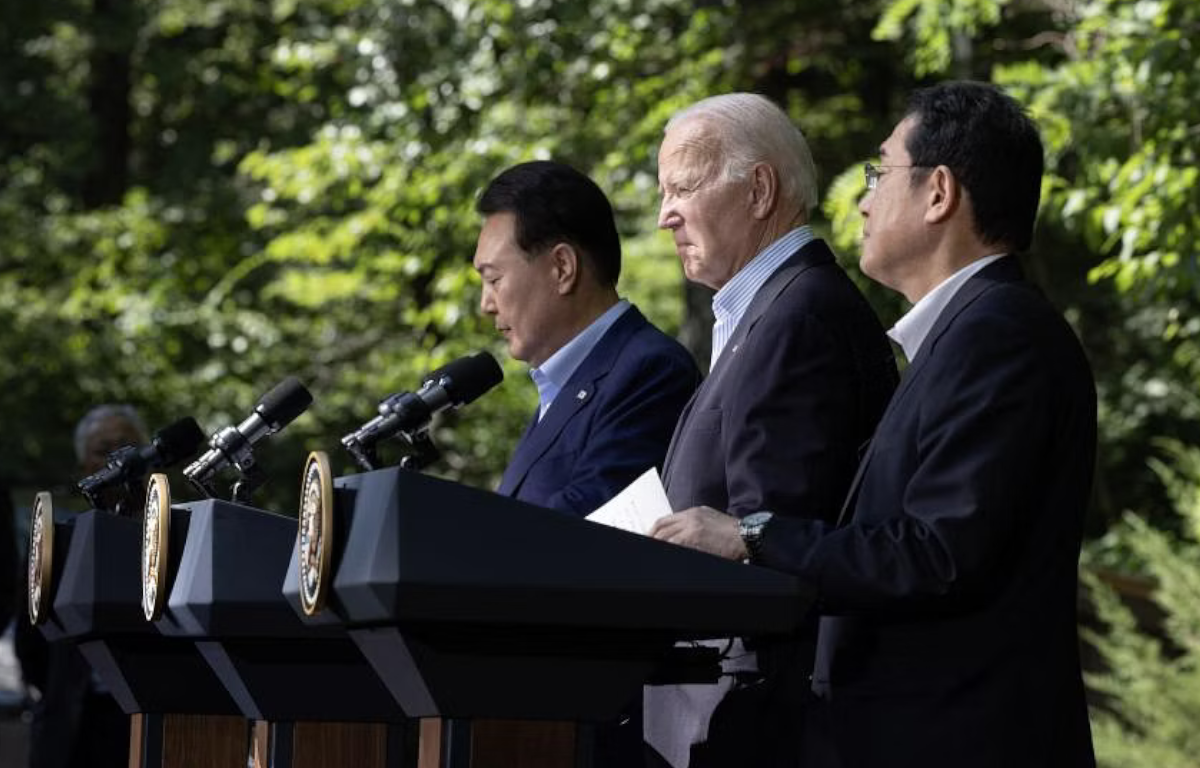
The United States and Japan have unveiled plans for what is being touted as the most significant upgrade to their security pact in over six decades. This development marks a pivotal moment in the strategic partnership between the two nations and carries far-reaching implications for regional security dynamics in East Asia.
The security pact between the US and Japan, established in 1960, has long been a cornerstone of stability in the Asia-Pacific region. It has facilitated extensive military cooperation, intelligence sharing, and mutual defense commitments, underpinning peace and prosperity in the region.
The proposed upgrade to the security pact reflects the evolving security challenges facing both nations, particularly in the face of increased assertiveness from China and regional geopolitical shifts. The modernization efforts are aimed at enhancing interoperability, strengthening defense capabilities, and deepening cooperation across various domains, including cybersecurity, space, and emerging technologies.
Key components of the upgrade include bolstering Japan’s missile defense capabilities, expanding joint military exercises and training, enhancing intelligence sharing mechanisms, and coordinating responses to cyber threats. These initiatives are designed to address a wide range of security concerns, from traditional military threats to non-traditional challenges in the cyber realm.
The upgrade also signifies a deeper commitment from both countries to uphold a rules-based international order, promote maritime security, and ensure freedom of navigation in the Indo-Pacific region. It underscores their shared values and shared interests in maintaining peace, stability, and prosperity in the face of evolving geopolitical complexities.
Furthermore, the enhanced security pact between the US and Japan is expected to have broader implications for regional security architecture in East Asia. It sends a clear message of deterrence to potential adversaries while reinforcing the US-Japan alliance as a linchpin of regional security cooperation.
The timing of this upgrade is significant, given the geopolitical shifts and security challenges in the region, including tensions over territorial disputes, maritime security concerns, and the proliferation of advanced military capabilities. The US-Japan alliance’s strengthened posture is likely to have ripple effects on regional dynamics and contribute to a more stable and secure environment.
However, it is essential to navigate this upgrade with sensitivity to regional dynamics and diplomatic considerations, ensuring that it fosters stability and cooperation rather than escalating tensions. Maintaining open channels of communication with other regional stakeholders and engaging in dialogue and diplomacy will be crucial in managing potential challenges and promoting constructive security cooperation.










Share this: